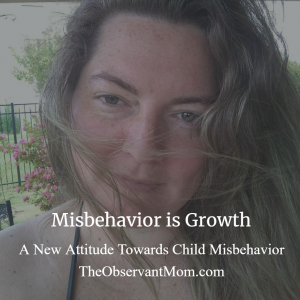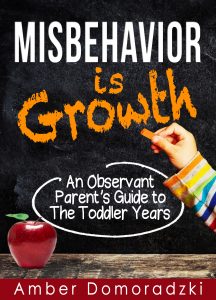In the hierarchy of emotions between parent and child, parents manage their own emotions and field the big emotions of their children, and never the other way around. See this post on the Top 5 Tools for Staying Patient. This one is about dealing with children’s big emotions.
1. Validate Their Emotion
Whatever emotion children are feeling, it is always valid, whether it’s bubbly happiness and joy or sadness and fear. They should be allowed to be scared of thunder, shy to talk to a stranger, hurt after they just scraped their knee, annoyed with their sibling, disappointed with something they created, and sad or upset even if at Disney World. Not all actions are permissible but all feelings are. Learn the language of emotions, which means to identify the emotion they are feeling with a precise word congruent with what they are feeling. “I see you are super angry.” “Oh sweet girl I know you are so sad.” Or simply nod in quiet acknowledgment. When they feel frustrated that they didn’t do a good job, don’t ever repeat any insult they give themselves but acknowledge that they didn’t like something they did. Let them feel all the feels. It’s a tremendous gift to your child to let them feel what they feel–what great acceptance of them.
2. Calm Upset Children Before All Else
If a child is crying or upset, you cannot and should not do anything with them until they are calm. An opposite of this may be if a child is very upset over a conflict with another child and a parent starts in on, “You were wrong! Say your sorry!” This child needs calmed down before asking anything at all about the situation. A child in emotional distress should be seen the same as a child who just scraped their knee. They need Emotional CPR first.
3. Always Acknowledge Their Wish/Need and “Exaggerate” it at Pertinent Times
When a child wants something, at the very least, always acknowledge what they want. Exaggerating their wish or need means accommodating it and then some. If they want a drink, for example, you might get a drink and get a bottle of water ready for later. If you can’t accommodate the need, you might indulge their fantasy greatly. For instance, I was at the grocery store with my daughter. She wanted to get a giant sized tub of whipped cream and I only agreed to a small tub. She was crying and upset in the store. Had I said, “No! I said no!” she would have kept crying. I said, “I know how much you want that big tub. I wish we had a tub as big as this whole store!” She stopped crying. Another handy tool is to draw something they want if you can’t give it. This works well also at bedtime if they want you to stay with them but you can’t. You might draw a picture of the two of you together or leave them with some other tangible thing.
4. Anticipate Their Need
Anticipate their need ahead of time. One way this applies is to serve meals at regular times in anticipation of when they are likely to be hungry. For preschoolers, you can anticipate that they will want you to help them put shoes on, go potty, etc. It has less to do with their inability to do these things and more their desire to have connection with you. This work on childhood developmental milestones can help anticipate the need in a big way. Look through some of the milestones and imagine how you might react to a whining child. It can help prepare your heart.
5. Descriptive Praise
There is a lot of confusion about praise, and there really need not be. Praise intended to manipulate a child into a desired outcome is not healthy–and is also not praise. Praise in genuine admiration of something the child does, for no other reason than to celebrate their good quality or accomplishment, is always good. Think of it as a compliment if that makes it easier. It should be specific and detailed. Take notice of the creative efforts of your children. If they come up to you excitedly with a rod they made out of Unifix cubes, notice that they put a red one on the bottom, then two blues, then a yellow one, etc. I see no reason why this is controversial. I also see no reason why we shouldn’t go around complimenting people with our authentic admiration all the time. Also, since we’re on the topic, never insult your child. Ever.
This list of Top 5 Tools will be in my upcoming book Misbehavior is Growth: Preschoolers. A more expanded version of them is in my first book, Misbehavior is Growth: An Observant Parent’s Guide to the Toddler Years.
Follow me at The Observant Mom on Facebook


One thought on “Top 5 Tools for Dealing with Children’s Emotions”